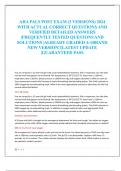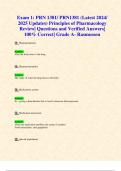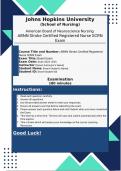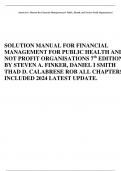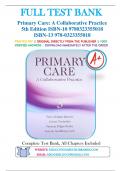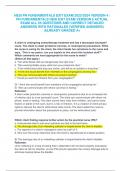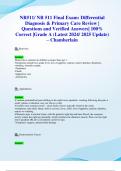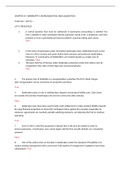Exam (elaborations)
AHA PALS POST EXAM (3 VERSIONS) 2024 WITH ACTUAL CORRECT QUESTIONS AND VERIFIED DETAILED ANSWERS |FREQUENTLY TESTED QUESTONS AND SOLUTIONS |ALREADY GRADED A+|BRAND NEW VERSION!!|LATEST UPDATE |GUARANTEED PASS
- Module
- Institution
AHA PALS POST EXAM (3 VERSIONS) 2024 WITH ACTUAL CORRECT QUESTIONS AND VERIFIED DETAILED ANSWERS |FREQUENTLY TESTED QUESTONS AND SOLUTIONS |ALREADY GRADED A+|BRAND NEW VERSION!!|LATEST UPDATE |GUARANTEED PASS
[Show more]
